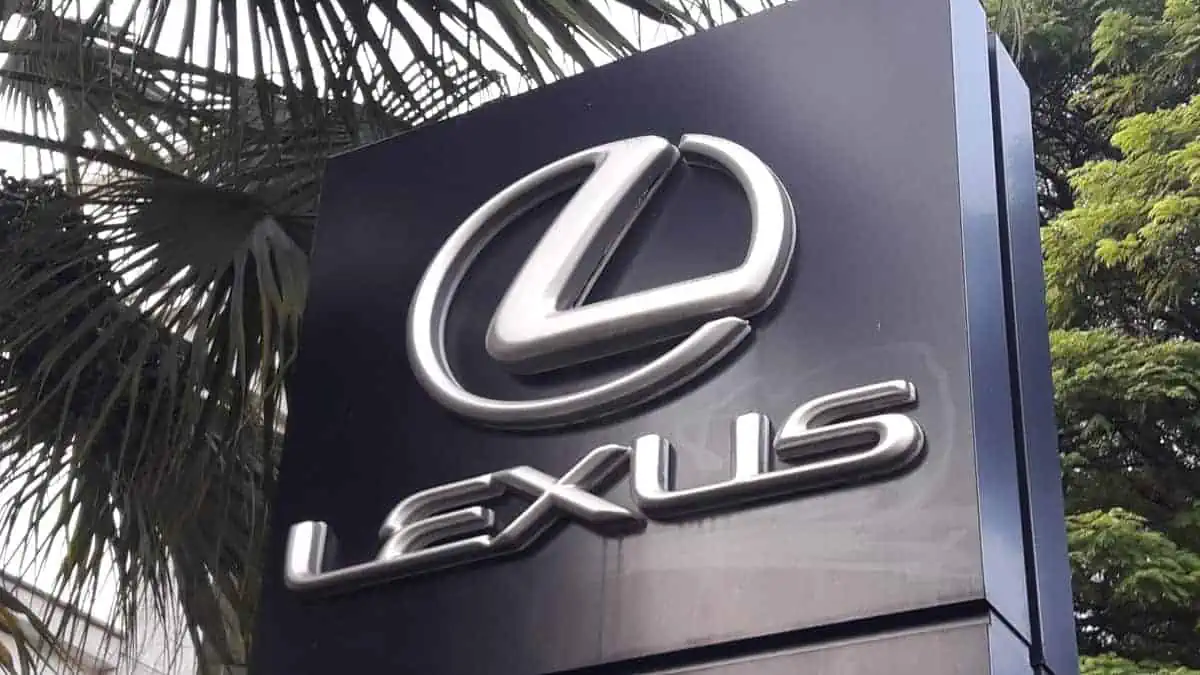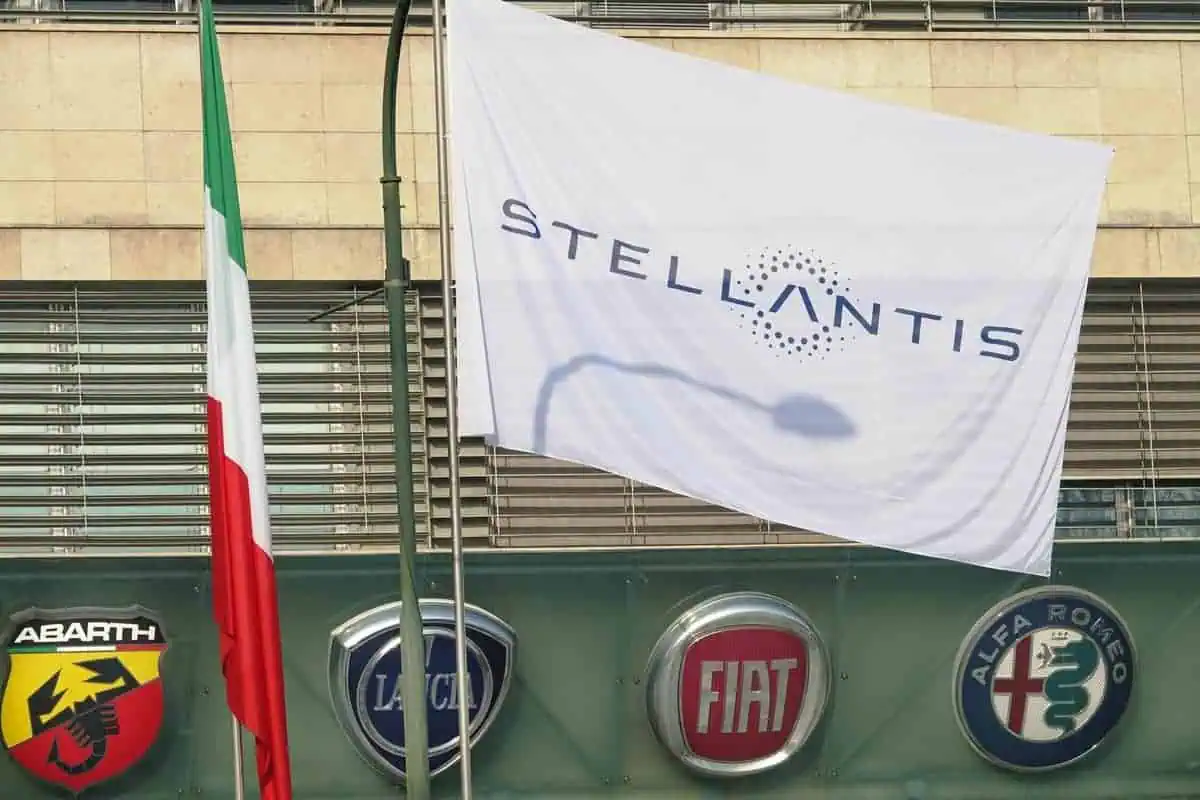Toyota-owned luxury brand Lexus has teamed up with China’s largest LiDAR company to improve its electric vehicles’ safety and autonomous driving capabilities.
RoboSense may supply LiDARs to Lexus
Lexus plans to integrate RoboSense Technology’s LiDAR products into some of its battery-electric vehicle (BEV) models, China Star Market reported on Thursday, citing people familiar with the matter.
The report noted that the partnership will mainly include the Chinese LiDAR maker’s M-platform products. The unnamed sources also suggested that the partnership could cover other Toyota brands in the future.
In hindsight, RoboSense Technology disclosed during its Q 1 2024 Earnings Report that it has secured a supply agreement with the world’s largest automaker for 2021 to 2022. The local media claims that the company in question is actually Japan’s Toyota.
Toyota and Lexus have yet to confirm the news.
RoboSense’s LiDAR
Hong Kong-listed RoboSense Technology is currently the largest LiDAR company in the Chinese market. It is a major supplier of LiDAR technologies to major automakers such as BYD, SAIC Motor Corp, Geely Auto, and Toyota.
Impressively, RoboSense Technology enjoyed a whopping 415.7% year-on-year increase to about 243,400 units in H1 2024 alone. This figure is very close to its FY 2023 record of 256,000 units, per the data RoboSense Technology released on Wednesday.
Its automotive LiDAR sales surged 487.7% YoY to about 234,500 units, accounting for 96% of its overall sales in the same period. As of last month, the company’s cumulative LiDAR sales reached a total of roughly 583,500 units, while its overall automotive LiDAR sales hit approximately 518,300 units.
These remarkable sales figures enabled RoboSense Technology to claim the largest share in the Chinese LiDAR market at 43% in the January to May 2024 period.
LiDAR vs. Camera
Toyota has been one of the laggards in the electric vehicle market due to its persistence with its hybrid technologies.
Notably, electric automakers have utilized LiDARs to enable vehicles to detect obstacles. It has longer recognition distances than camera-only systems and better performance in bad weather.
However, it must be noted that electric automakers have started to explore more innovative autonomous driving technologies. For instance, XPeng now plans to replace LiDARs in its upcoming model with a Tesla-like pure vision system.
Cameras provide richer visual data with color and texture information than LiDARs. It supports better object identification, enabling the system to distinguish a car by color or a pedestrian from a traffic cone considerably easier than LiDAR’s point cloud data. However, cameras tend to struggle in low-light circumstances like nighttime or heavy fog.
Lexus’ potential integration of RoboSense’s LiDARs into its EVs marks a major turning point for Toyota’s strategy. By leveraging LiDAR’s superior performance in low-light and bad weather conditions, Lexus EVs could gain an edge in safety and autonomous driving capabilities. However, it remains to be seen if this alleged partnership proves to be a strategic advantage as major players like Tesla pursue a pure vision approach.






